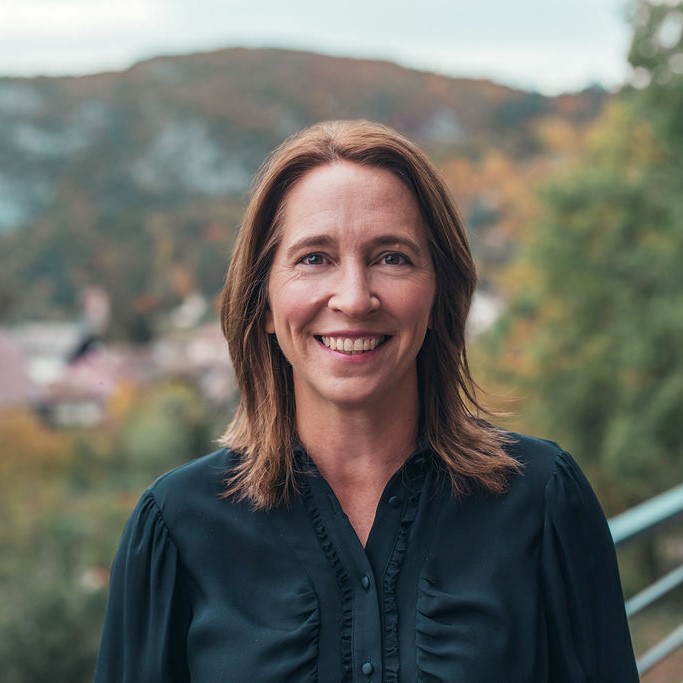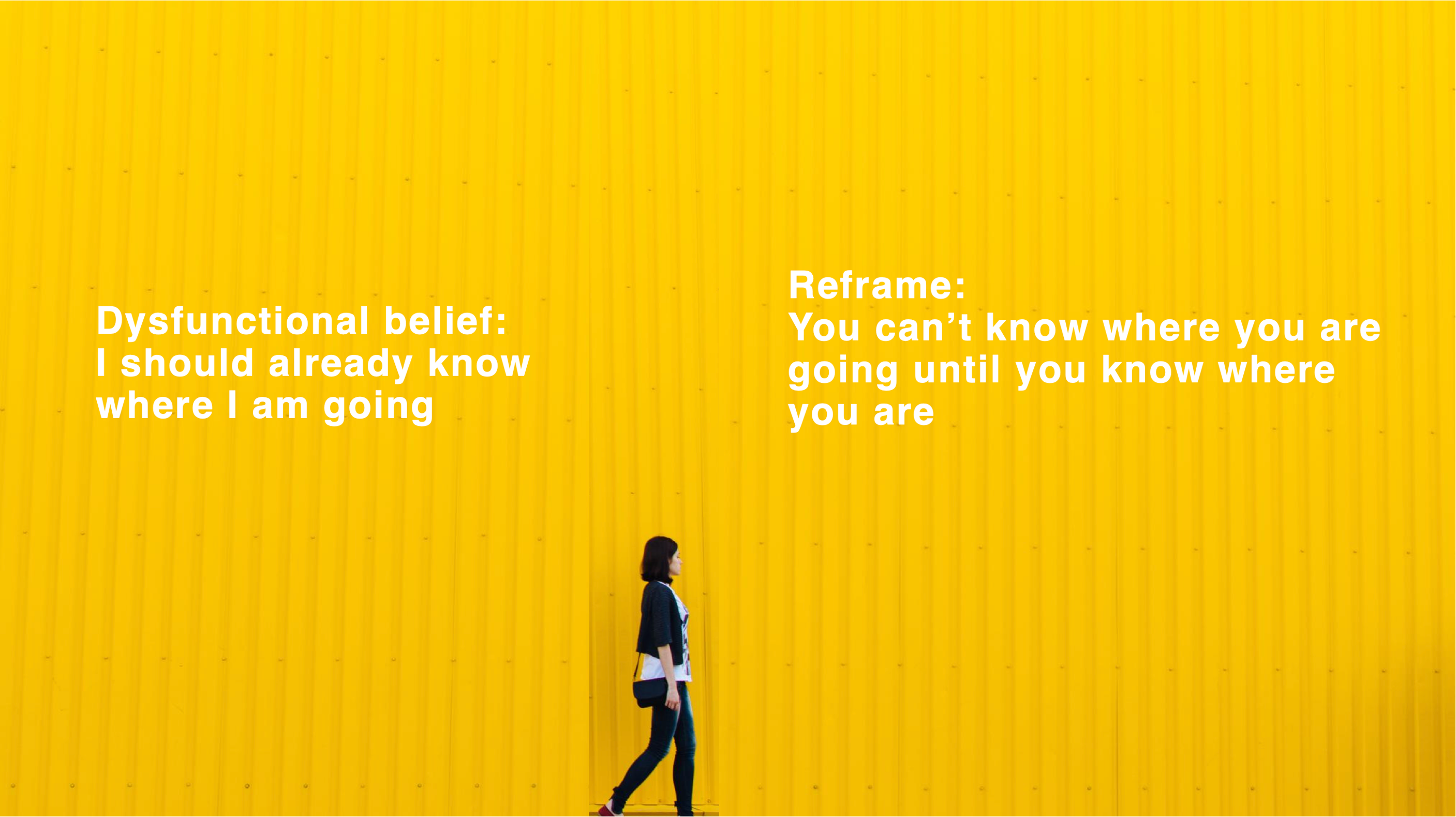Life coaching: Is it for you? Let this review (from a coaching sceptic) help you decide

BY Felicity Fallon
Communications Specialist & former unstuck participant
What kind of results can you realistically expect from ten hours of group coaching on Zoom? Felicity Fallon, 47, at a career crossroads, dived in to find out. She discovered that with the right tools, a well-chosen coach and a high-level group of women, the results were impressive. With renewed confidence and direction, within weeks she and her cohort were getting job interviews, winning contracts and developing new businesses.

Like addiction, for coaching to work first you have to admit you have a problem
Brought up on a family mantra of “Put up or shut up”, I have always been in the coaching sceptic camp. I went to a good university, enjoyed a range of jobs, got married and had a family, with no major life disasters along the way. What could a coach tell me that I didn’t already know, or couldn’t ask a friend or search engine?
So far so good. Until about 18 months ago, when things slowly started unravelling. Moving my family to a new country proved stressful: I had no friends or professional network, and had parted company with the education business I’d spent five years building. I was clenching my teeth at night until my jaw hurt.
I knew what I didn’t want to do, but I had no idea what I did want to do.
The last self-help book I had read was Feel the Fear and Do It Anyway c. 1987
A sympathetic friend recommended a book called ‘Designing Your Life’ by Bill Burnett and Dave Evans. Professors at Stanford University, they applied design thinking to peoples’ lives. Seduced by Stanford’s reputation and practical-sounding approach, I decided to give it a whirl.
The book defeated me halfway through when I was asked to complete a three-week diary recording my ‘energy and engagement flow’. Where was this mysterious matter to be found while shopping, cooking, cleaning and managing the lives of three children? I was the wrong side of 45 and still didn’t know what I wanted to do when I grew up. This airy-fairy approach wasn’t going to help.
Meanwhile, my friend had been so impressed by the book that she had used lockdown to train as a Designing Your Life certified coach. Would I join her new group?
Rudderless, jobless, in a pandemic, I couldn’t think of a decent reason to say no.
Group coaching on Zoom would have had me running for the hills pre-pandemic, but seemed quite normal in September 2020
Before I knew it, I had signed up for five two-hour Zoom sessions on consecutive Friday lunchtimes. And this is where the Designing Your Life coaching method gets interesting – I would be in a ‘Design Team’ with six other women. Over the next five weeks, facilitated by our coach, we would identify what made us tick, what we wanted our lives to look like, and how we were going to get there.
Nervously, cagily even, we introduced ourselves by email. B, a Swiss-based MBA management consultant, told us via PowerPoint that she wanted to start her own business. K, a British ex-surveyor sent a concise email outlining the profitability challenges of her small business. T wrote that despite her successful career in publishing she was struggling to find well-paid work that reflected decades of experience and great client feedback.
D, whose children had just left the nest, was looking for more challenge than her boutique property management business could provide. M, trainer and coach, wanted to inject more creativity into her professional life. And finally, L, a Canadian human resources specialist, lamented that a gruelling 40-50 hour week left no time for her much-loved home and garden projects.
Our design team of seven women, living in five different countries, led by an American in France, was ready to go.
The Designing Your Life programme relies on well-honed tools delivered by skillful coaches with plenty of professional experience behind them
Deceptively simple, the Designing Your Life tools relentlessly examined what made us happy or unhappy, probed our beliefs and misconceptions, and removed barriers to envisaging new improved lives.
We were taught to put aside the thought that we ought to know what we wanted to do by now. According to Burnett and Evans: “There is no one idea for your life. There are many lives you could live happily and productively”.
Carefully-designed exercises drew out our creativity and grew our confidence to ‘reframe’ the way we saw and presented ourselves. In between sessions we completed Designing Your Life homework in short worksheet or diary format.
By week four we were ready to present three five-year life plans ranging from ‘most immediately achievable’ to ‘in your wildest dreams’
After a year in the wilderness, I was amazed to find that I had not one but three five-year plans that excited me. I discovered I could start working on all three immediately and simultaneously. I realised that there was a narrative thread to what I’d previously seen as a bitty and disjointed career. I saw the full potential – creative and financial – of the Airbnb business I had been running part-time for the past three years. In a eureka moment I realised I could design a life for myself that combined socially meaningful work, a passion for hospitality and the outdoors, and my love of writing.
One by one, we presented plans that melded reality with our passions, dreams and aspirations. Plans to change sector, to revive existing businesses, to set up new ones, to move countries.
Week four was the Big Reveal, but little wins started coming through from week one
Even if it wasn’t our official homework, we found ourselves tweaking our professional profiles right from the beginning. Whether nudged by enforced introspection, or the gentle scrutiny of our coach and the rest of the design team, we were slowly but surely upping my game.
Between our Zoom sessions, we began discussing professional trials and tribulations together via a WhatsApp group – asking for advice on a new headshot, an updated LinkedIn profile, draft CV or covering letter. Soon the rapport we had was that of old friends; but the advice shared was fresh, incisive and objective, thanks to the diversity and calibre of everyone’s professional backgrounds.
In the final weeks, little success stories began to flood our WhatsApp group: “Hey, I got shortlisted for that job! So-and-so agreed to have a virtual coffee with me! I pitched for that new piece of business at a higher rate and got it! Please like and share my first blog post!”
Week five and we were ready to focus on implementing our life plans
At the heart of Stanford’s design thinking method is the notion of prototyping your life plans, using other people’s experience and expertise: Who do you need to talk to, to help you get to where you want to be?
Armed with smarter profiles and clarified objectives, it was time to pick up the phone, make new connections on LinkedIn, and start telling the world about our new plans.
Following our coach’s advice, we turned the horror of cold-calling into a more balanced conversation: “Look around you to find people who are doing what you want to do and ask them if they can give you 20-30 minutes to tell you how they got there. Most people are happy to share their experience. And who knows, if an opportunity does come up in the future, they may give you a shout to apply.”
The coaching programme has finished now, but work towards our life plans continues
Two and a half months after the coaching officially ended, my cohort of seven women is proud to report: one brand new business, two new websites, one person happier in a re-negotiated role, one second-round interview for a new job, and three re-vamped businesses that have gone on to win new contracts (oh and a new baby, congratulations K!). Not bad for 10 hours on Zoom!
We still communicate every few days on WhatsApp about our progress. In the words of B: “This course really helped me define what I wanted in life and I am keeping these principles in the forefront of my mind when I make decisions about work and life. I am networking more, joining women’s professional groups and open to asking for help”.
Designing Your Life enabled us to see the bigger picture, while breaking it down into smaller achievable steps. As D sums up: “I built three coherent five-year professional plans that can all make me happy. I got a new resume template, which got me shortlisted for a job in a field I had never thought of. I’m doing small things everyday towards these 3 plans. But the most important thing for me is the inspiration I get from the group, which keeps coming even though the official program is over”.
From Coaching Sceptic to Coaching Convert, but with some caveats…
I don’t claim to be any kind of coaching expert; in fact I suspect I got REALLY lucky with the one programme I followed. If you are thinking of going down this route I advise you look closely at the proposed method, and your coach’s experience outside of the coaching arena. Our coach was not only a great facilitator, but also had over 25 years of business experience behind her. I loved the camaraderie and stimulation provided by doing coaching in a group, but the profile of your design team is surely an important variable too.
As with all things, Caveat Emptor…but, if you choose well, your investment will certainly enable you to Carpe that Diem!
This article was written with the full permission of my Designing Your Life certified coach, Darcy Roehling. You can read this article on LinkedIn here.
I have anonymised the identity of the rest of the design team, on request.
Ready to get unstuck?
Fill in our application form and let's have a chat to see how we can help you move forward.
© unstuck | Website by The Good Alliance

0 Comments